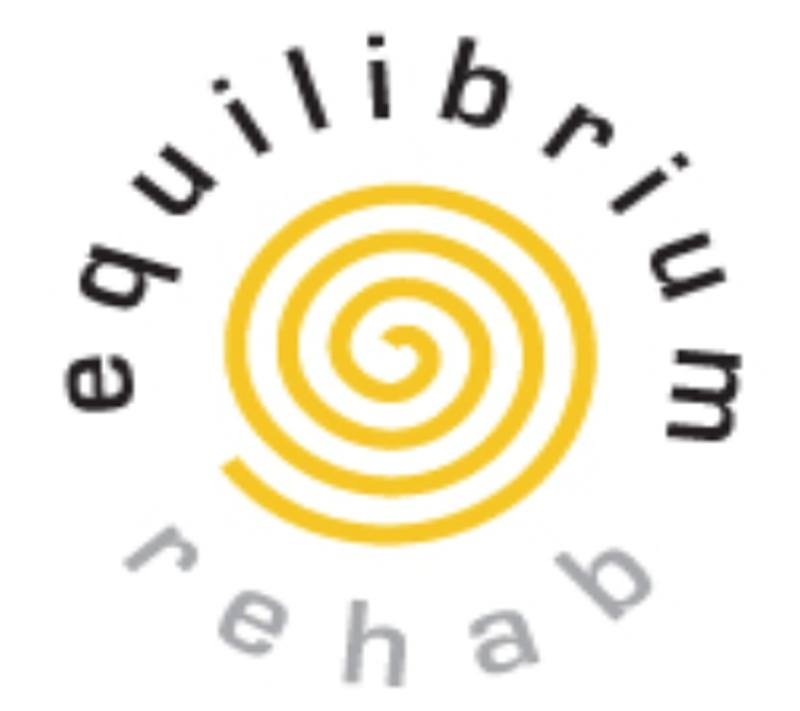At Equilibrium Rehab we provide clear explanations of the Vestibular System to assist your understanding of your problems without the medical jargon
The Vestibular System
The Vestibular system consists of the Vestibules on either side of the head (the balance part next to the hearing part, the Cochlea), three Semi-Circular Canals, the Utricle and Saccule located in the inner ear, as well as the connections via the Vestibular nerves to the lower part of the brain (the brainstem) where the Vestibular (balance) centre is located. Information from the inner ear travels along these Vestibular nerves to the brainstem providing information about which way and how fast you are moving, and how you are orientated in space. The Vestibular centre responds to this information by sending fast accurate signals along the spinal cord & nerves to the muscles of the limbs, body and eyes. In this way the Vestibular System is involved in the control of balance and ensures your eyes are stable when you are moving. This enables us to sit, stand and walk without falling, and to maintain clear vision, no matter the position or speed of movement of the head.
Though this is an amazing system, different problems in the system can cause different symptoms and conditions.
How can I tell which Vestibular Symptoms I am Experiencing?
Everyone experiences Vestibular symptoms differently and it is important to acknowledge this.
The symptoms you experience are determined by what condition you have, and whether it affects one or both inner ears, or the Vestibular centre in the brain.
You will be experiencing one or more of the following:
Vertigo – the sense that you or the world is spinning, rotating or moving
Dizziness – can be many different sensations inside your head including feeling lightheaded, giddy, woozy or feeling unstable
Imbalance – being physically unsteady on your feet to varying degrees, ranging from a little wobbly on your feet, or having to reach out a hand or take a step to steady yourself through to the extreme of falling over. This often occurs when moving your head in standing or walking, particularly when on uneven surfaces, stairs, slopes or in poorly lit/dark environments.
Secondary Symptoms
You may also be experiencing secondary problems, particularly in cases where the Vestibular symptoms have been present for some time. These occur in association with your Vestibular symptoms through activation of the autonomic (automatic) nervous system, such as nausea or clammy skin. They can also occur as a result of avoiding movements or activities that provoke your symptoms or that make you feel unsafe. This can include neck pain, headaches, reduced stamina, and an inability to perform certain work or home duties.




